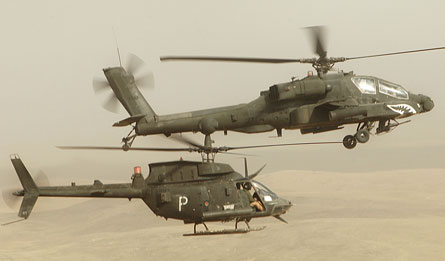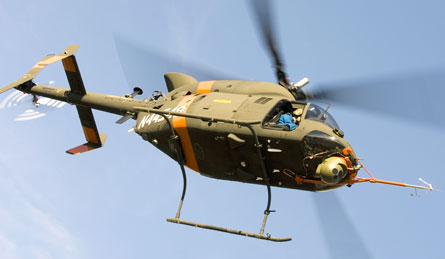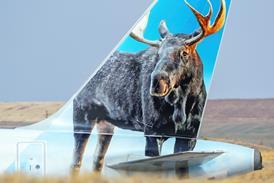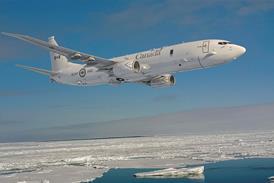The US Army is ploughing almost $2 billion in new funds to refresh its heavily deployed armed helicopter fleets, feeding a dramatic expansion of the Boeing AH-64D Extended Block II production line and propping up the struggling Bell Helicopter ARH-70 Arapaho.
Senior army officials confirmed plans at the Association of the US Army annual convention in Washington DC last week to convert an additional 120 AH-64A Apaches to the AH-64D Block II standard, an investment valued at nearly $1.7 billion.
The announcement comes on top of previous orders to convert 217 A-models to Block IIs and 96 additional AH-64As under an "extended Block II" programme. Boeing delivered the first extended Block II airframe to the army on 5 October, and its new order means full-rate production will continue for several years past fiscal year 2010, ensuring a long overlap during the low-rate production phase for its Block III model.
 |
|---|
© US Army |
Meanwhile, army officials continue to support Bell's plan to revive the troubled ARH-70 programme, which has endured a two-year delay and a nearly 100% cost increase. The army is impatient to field a replacement for the ageing and under-powered Bell OH-58D Scout (pictured above with an Apache).
"We're going to build this aircraft together, and we can," says Brig Gen Stephen Mundt, director of the army aviation task force.
 |
|---|
© Bell Helicopter |
The army is seeking to preserve funds to buy 16 aircraft in FY2008, but has to persuade a sceptical US Congress now reviewing the related defence spending bill. If those funds are wiped out as a penalty for Bell's delays and cost overruns, the army warns that the programme could be set back by two to three years.
"If you don't support [the funding plan] this year, what you do is put Bell in a very, very difficult position," Mundt says.
The army is confident that Bell can atone by passing three steps over the next 14 months. First, the service will conduct a user test of the cockpit and sensor interface during November. Next, Bell must show in January 2008 that it can start up airframe production and transition manufacturing from Mirabel, Canada to Texas. Finally, the manufacturer must pass a user evaluation of a complete airframe, cockpit and sensor suite in December 2008.
Source: Flight International























